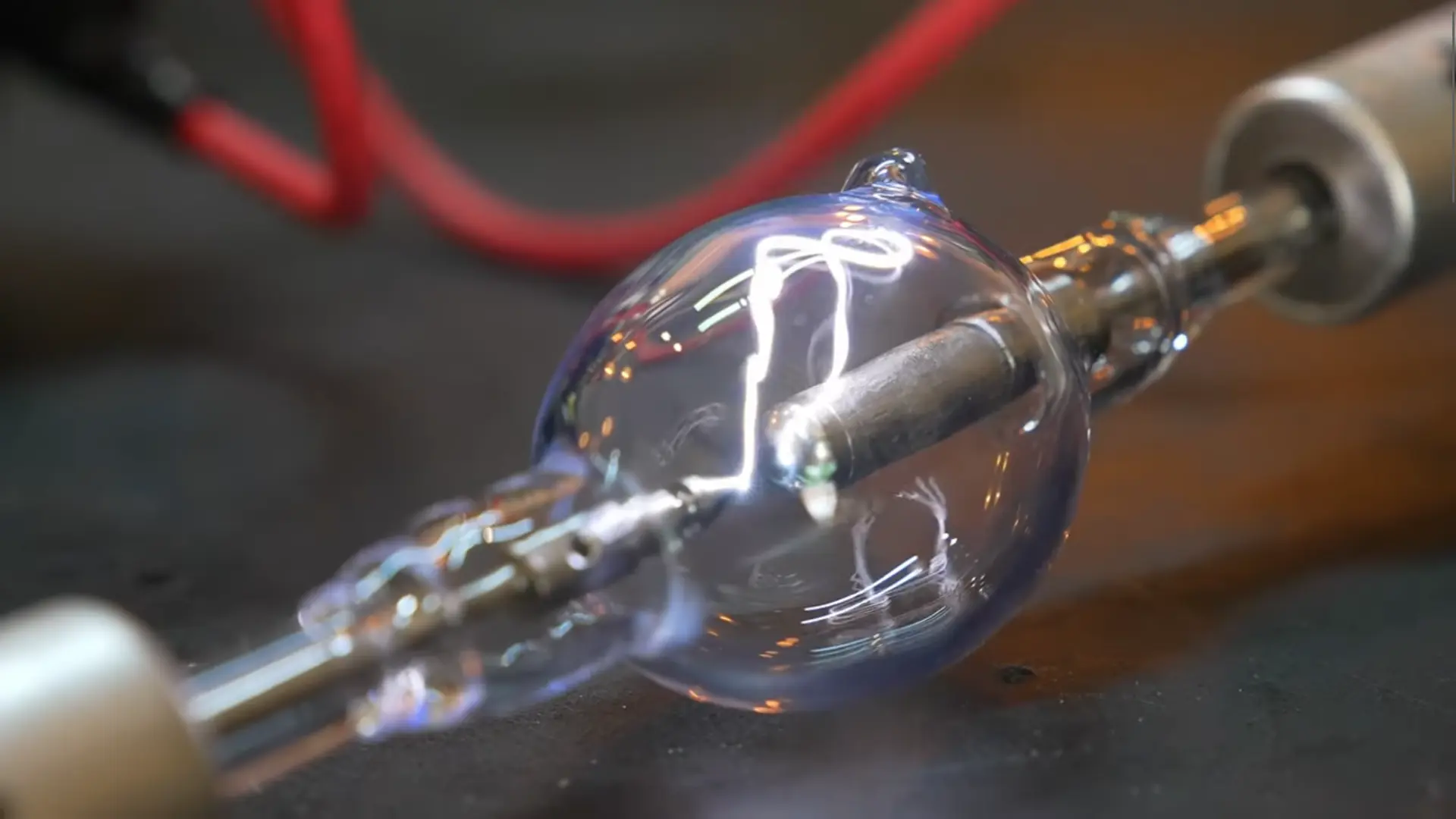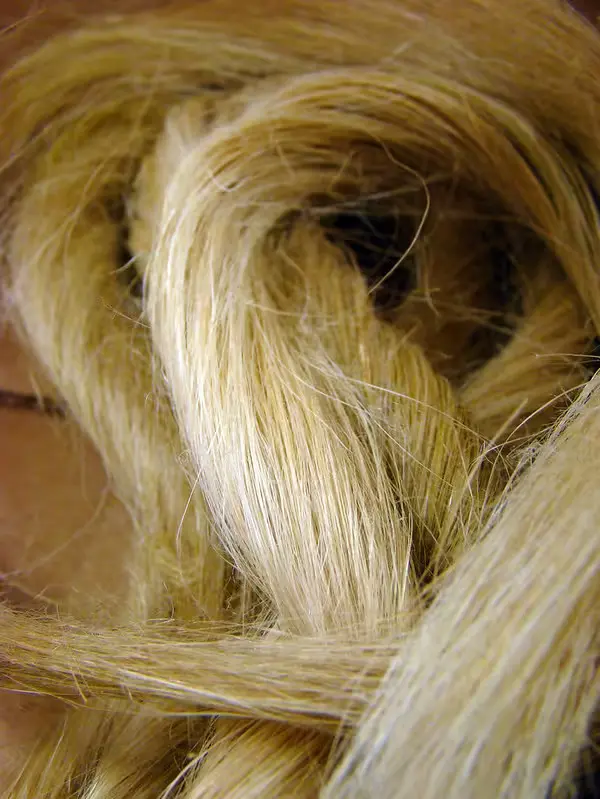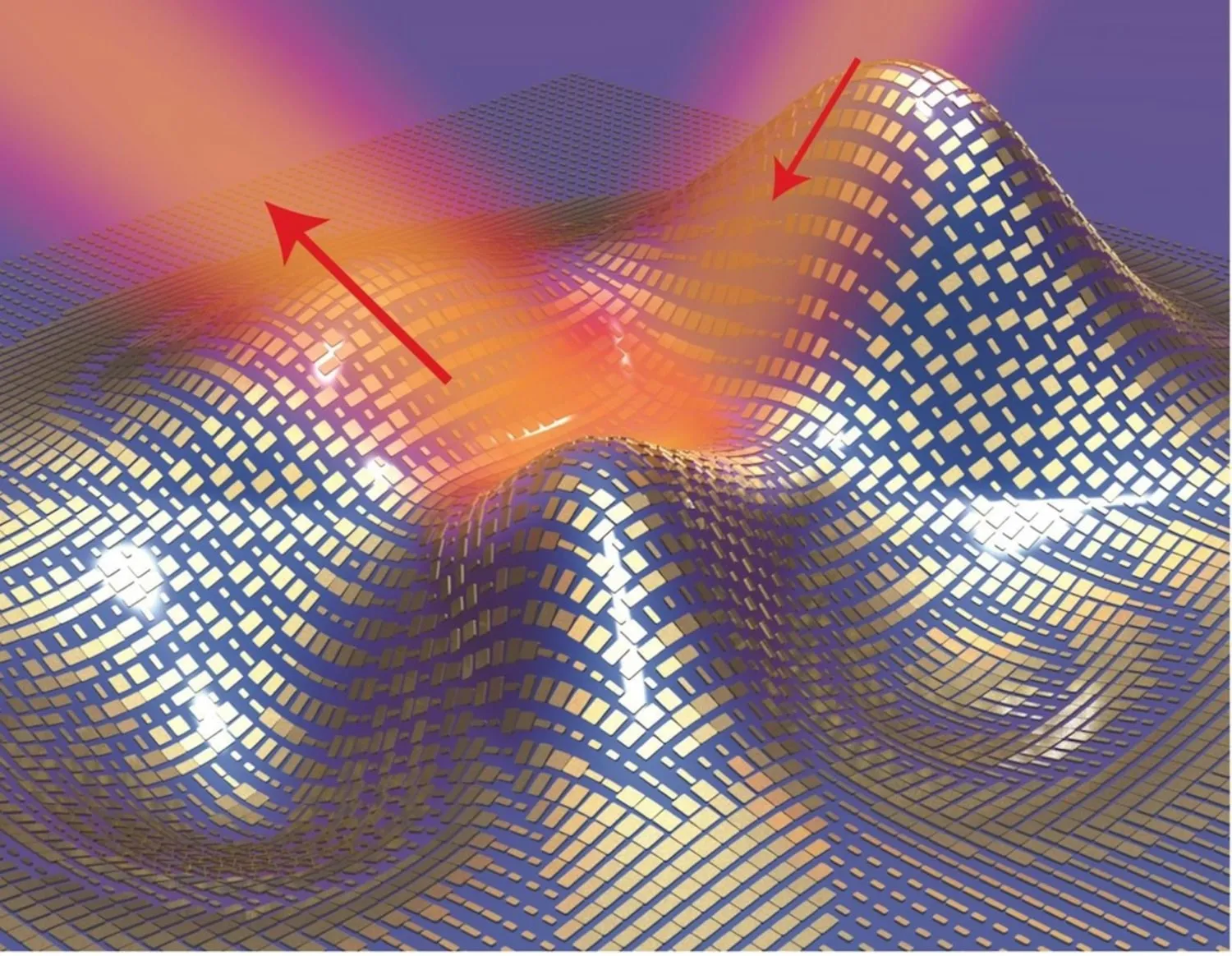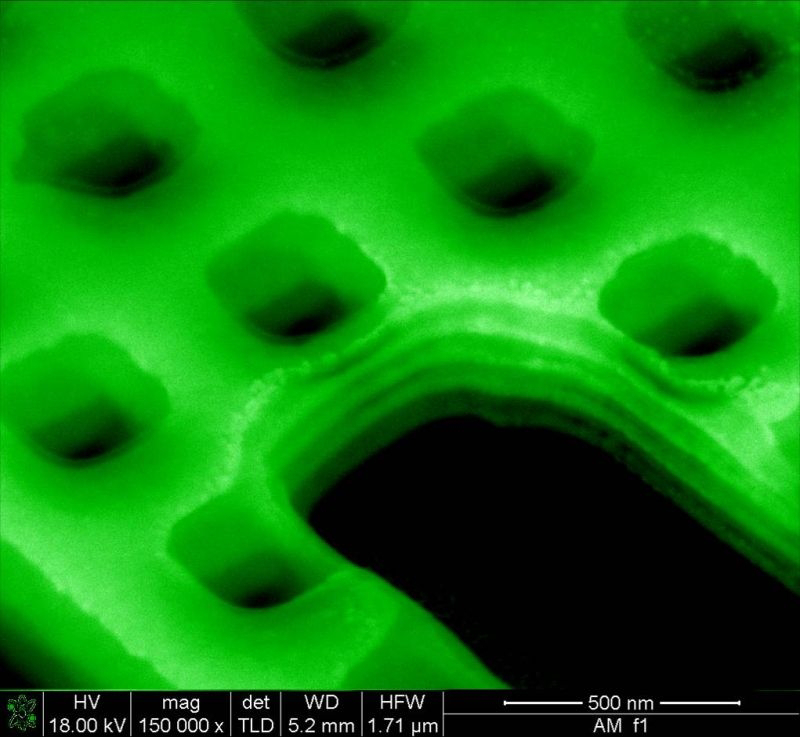Xenon Arc vs. MBTL Lamps for Color Fastness Testing

When we talk about the color fastness of textiles, especially how they react to light, the type of light source used for testing is very important. Standards like BS EN ISO 105-B02:2014 are in place to make sure these tests are accurate and consistent. This standard specifically calls for xenon arc lamps to simulate natural daylight, often referred to as D65. But what if a different lamp, like a Mercury Blended Tungsten Lamp (MBTL), is used instead? Let's dive into the differences and why it matters.
 The automotive industry is constantly looking for ways to make vehicles lighter, more fuel-efficient, and more sustainable. Traditional materials like steel and aluminum have served us well, but they come with certain limitations, particularly when we consider environmental impact and weight. This is where composite materials step in, offering a compelling alternative. Among these, flax-based composites are gaining significant traction, presenting a promising path toward greener and more efficient automotive manufacturing.
The automotive industry is constantly looking for ways to make vehicles lighter, more fuel-efficient, and more sustainable. Traditional materials like steel and aluminum have served us well, but they come with certain limitations, particularly when we consider environmental impact and weight. This is where composite materials step in, offering a compelling alternative. Among these, flax-based composites are gaining significant traction, presenting a promising path toward greener and more efficient automotive manufacturing. Often overlooked in favor of synthetic materials, flax offers a compelling alternative, especially as we push for more sustainable and environmentally friendly solutions. Understanding its journey from plant to useful fiber is key to appreciating its potential.
Often overlooked in favor of synthetic materials, flax offers a compelling alternative, especially as we push for more sustainable and environmentally friendly solutions. Understanding its journey from plant to useful fiber is key to appreciating its potential.

 When we think of invisibility cloaks, the first thing that comes to mind is making objects vanish from sight using advanced optical tricks. But cloaking technology is not limited to bending light. Scientists are now exploring ways to cloak objects from sound, heat, mechanical vibrations, and even quantum matter waves. This interdisciplinary field is pushing the boundaries of physics, engineering, and materials science to develop real-world applications beyond science fiction.
When we think of invisibility cloaks, the first thing that comes to mind is making objects vanish from sight using advanced optical tricks. But cloaking technology is not limited to bending light. Scientists are now exploring ways to cloak objects from sound, heat, mechanical vibrations, and even quantum matter waves. This interdisciplinary field is pushing the boundaries of physics, engineering, and materials science to develop real-world applications beyond science fiction.

